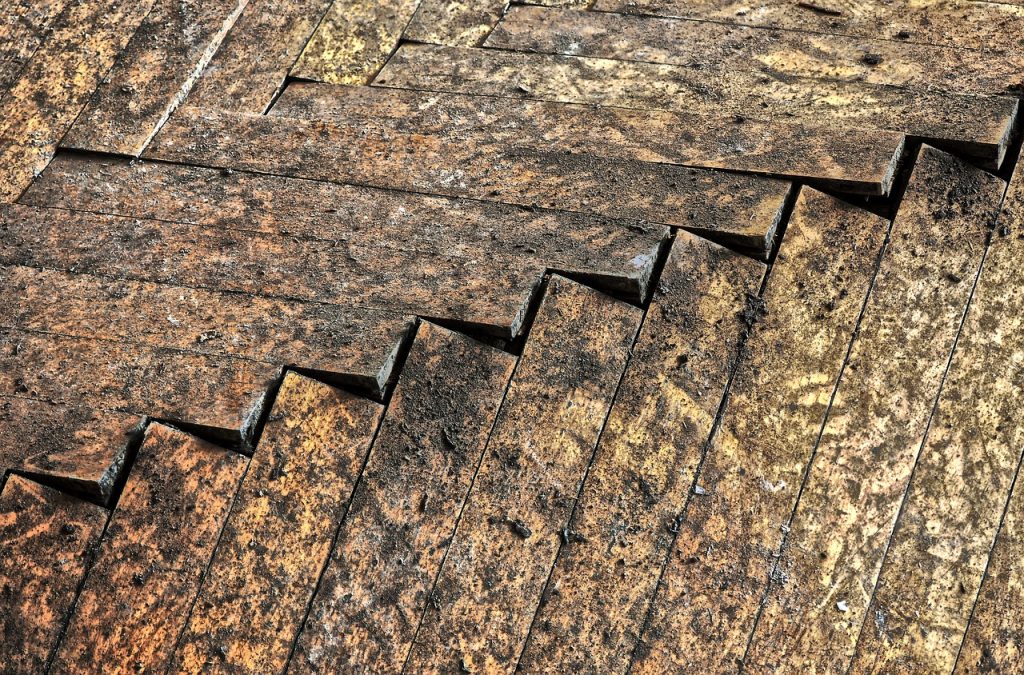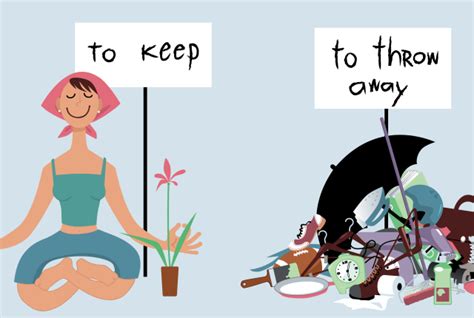How to Deal with Water Damage in Your Home
Experiencing a flood or any other sort of water damage in your home is a highly stressful experience, with potentially costly damages lurking behind it.
There is the risk of electrocution and even severe structural damage, not to mention water damage.
Fortunately, there are water damage repair experts that you can reach out to, such as the folks at Total Restoration Texas. But, there are a lot of things that you could – and should – do on your own.
Here is how to deal with water damage in your home.
Contents
Safety first
When you experience severe water damage, the first thing to do is to turn the power off. Any open wires or wet appliances represent a potential electric hazard, so your best course of action is to turn the power off completely.
Even if you have flipped the main power switch of the house, you should still wear protective wear such as rubber boots and other protective clothing.
Next, move all of your furniture away from the area that has experienced water damage. Damp wood and other materials can create black mold contamination that can lead to further problems down the line.
If you have any dishes and glassware that have been affected by the flooding, now is the time to clean them thoughtfully since stagnant water is an ideal breeding ground for various bacteria.
Try to find the source
Once you have made sure that it is safe to enter your home, try to find where the water damage is coming from and eliminate the source or minimize its impact the best you can.
If the source of damage is something as small as an overflowing faucet, then all you have to do is turn that faucet off. However, if a broken pipe causes water damage, you will have to shut down the water supply to your home completely.
This is the right time to call a plumber and water damage restoration experts, and even your insurance company too. Keep reading to learn what you can do before they arrive.
Get rid of water as best as you can
Depending on the amount of water damage, you might want to take a water pump (or rent one) to get rid of as much water as possible. If the situation is not that serious, you might be able to get rid of all the excess water manually.
Use buckets, mops, and anything else at your disposal to get rid of as much water as you can. The first 24 hours are crucial to stop any mold and mildew from building up, so act fast. Seek help from your family and friends as urgent action should be your top priority.
Once you did the best you can to eliminate the water from your home, use dehumidifiers, air conditioners, and fans to speed up the drying process.
Assess the damage
If your home has been through serious water damage, this next part will be hard for you, both physically and emotionally – you will have to sort through your belongings and decide what to throw away.
You will have to get rid of all items that have been severely damaged by water, as the things that have been soaked in water are most likely already infected by mildew and mold.
The potential for contamination is even higher on your flooring, drywall, and insulation. Your best course of action would be to remove as much of the soaked area(s) as possible.
When it comes to furniture, check every item and see what is worth saving and what is beyond salvation. Sadly, most of the furniture made of plywood, the most common material for budget furniture, will most likely be completely ruined by severe water damage.
If you have experienced flooding from a source such as a river or even sewage, you will have to get rid of all the carpets and rugs as well.
Get ready to start repairs
Once all that hard work is behind you, disinfect your home and start focusing on the renovation.
After excess water damage, flooring has to be removed, walls need to be put up again, and sometimes even windows need replacing.
If the damage is too excessive and money is not an issue, your best bet would be to – once again – contact professional crews and have them deal with all the issues caused by water damage all at once.
Otherwise, come up with a restoration plan and tackle one issue at a time. If you have to do all those things on your own, pace yourself. In case you take on all those projects at once, not only will your place look like a warzone, but you also run the risk of messing something up and doing more damage than good.



